EXPLORER SECONDARY TRAIL
Name: ___________________
School:



Name: ___________________
School:


Use your Activity Pack as you explore the aquarium today and learn all about our amazing animals! The pack is split into the four zones of the aquarium: Plymouth Sound, British Coasts, Atlantic Ocean and Blue Planet.
You will engage with tasks and challenges throughout the aquarium, learning fun facts and gaining a deeper understanding of ocean ecosystems and the interconnectedness of marine life. From local rockpool creatures to colourful coral reefs, get hands on and discover what’s beneath the waves!
If you need any help around the aquarium today, please ask a Ranger for help. They are happy to talk to you about any of the animals and answer any questions! The Rangers are wearing navy blue t-shirts or fleeces.
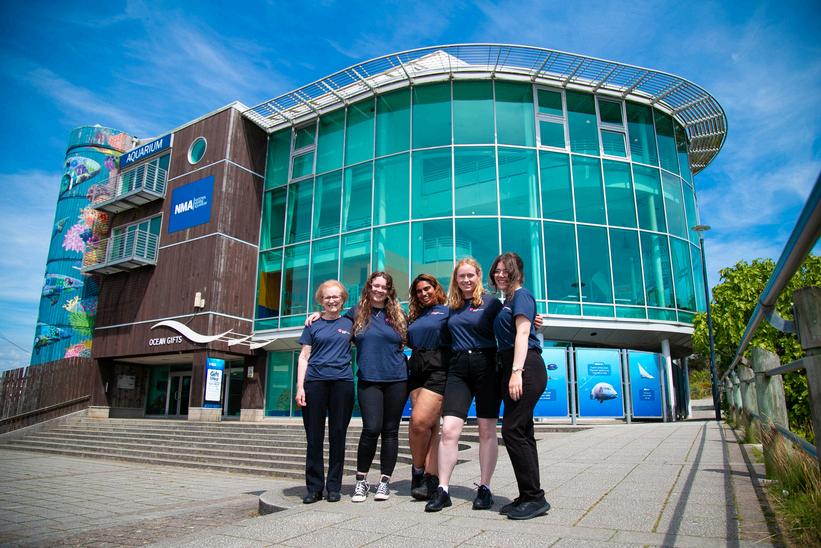


Begin your journey on the shores of the Plymouth Sound National Marine Park.

The animals in this room all live in rockpool around Britain’s coastline. They’re well ADAPTED to living in this habitat. The VARIATION between species and between individuals of the same species means some organisms are better at surviving in a habitat and can out-compete others.
1. Can you name 3 other examples of Ocean habitats?


2. Match the keyword to the definition below:
Habitat
Adaptation
Exoskeleton
Invertebrate
Variation
Camouflage
Natural Selection

Differences between specie between individuals of a sp

The area where an organism lives, providing food, shelter, and anything else the organism needs for survival.
An animal that doesn’t have a spine (backbone).
A skeleton on the outside of an animal’s body, rather than the inside of an animal’s body (endoskeleton).
Parts of an organism’s body or aspects of their behaviour that helps them to survive in their habitat.
The process whereby organisms better adapted h tend to surviv offspring.
When an anim patterns help their habitat.

3. Below are some descriptions of rockpool anim Use the keywords from task 2 to fill in the mi descriptions. Solve the clues to name the animal below, an in the Plymouth Sound exhibit.
My skeleton is on the outside of my body, meaning it’s called an
This acts like a suit of armour to help protect me. I have two types of claws: one for crushing food and another for cutting it into smaller pieces.

I haven’t got any bones, meaning I am an . I cannot move quickly, but I use my tentacles to sting my prey as it swims past me.
I have tube feet underneath my arms to stop me getting washed away by the tide. If I lose an arm, I can re-grow it. These ______________________ help me to survive in a rockpool habitat.
I am a type of fish with a flat, diamond shape body and orange spots on my back (dorsal side). I burrow into the sand and against the habitat to hide from predators.



ark egg cases. These are sometimes called e the information to answer the following questions.
oduce using
Are there any egg cases on display in the tank? If so, can you identify which species the egg cases have come from?
Can you find any young rays or sharks that have hatched in the tank? If so, can you identify which species they are?
How long does it take for an embryo to fully develop inside an egg case?
You can find egg cases washed up on the beach. Next time you visit the beach, try and find some for yourself!
If you find any, you can use the Sharks’ Trust Great Eggcase Hunt app to find out what species they are, and help scientists learn about sharks around the UK.


5. Choose your favourite of the animals you’ve Identify two adaptations your chosen animal ha suited to living in a rockpool or shallow water h

Describe these adaptations below and explain how they help this species to survive:



bal problem. It is caused when greenhouse oxide, are released by activities such as enhouse gases then trap and re-emit radiation e Earth’s temperature to rise. This is called n then lead to changes to the climate, her, melting ice caps, and rising sea levels.
hange is likely to impact rock pool habitats. hotter weather, sea level rise, warming ocean urvival of animals and plants.


7. There is so much to discover in the Ocean! Can you think of 3 more activities you could do to explore the Plymouth Sound National Marine Park or your local blue space?
Snorkelling

Did you know…
Lobsters can communicate by releasing urine from near their eyes. This is how they ‘talk’ to each other!

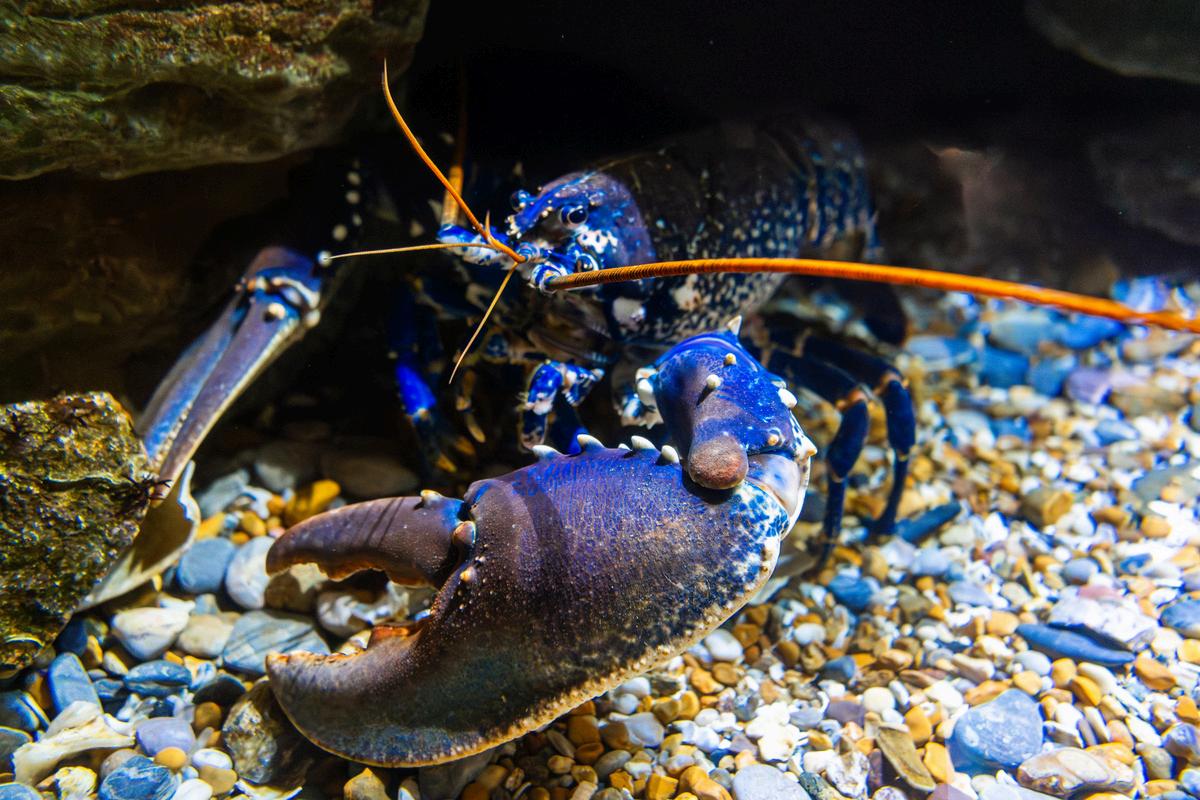


Make your way through the ‘British Coasts’ ar ramp.
8. As you walk down the ramp, take a look a hanging from the ceiling. Can you match the correct fact?

Bottlenose Dolphins
Leatherback Turtle
Humpback Whale
Orca (Killer Whale)

Despite their name, these creatures are the largest of the dolphin family. They can live up to 90 years and work together in groups to catch prey twice their size.
Marine mammals live in social pods and use echolocation to navigate and locate food by emitting high-pitched clicks that bounce back as echoes from objects in the water.
These animals, weighing up to 36,000kg, often breach, leaping out of the water. They're renowned for their long-distance calls, known as their "song".
These reptiles can reach 2m in length and weigh up to 900kg, heavier than 11 men. Female turtles use Earth's magnetic fields to return to their birthplace beach and lay eggs
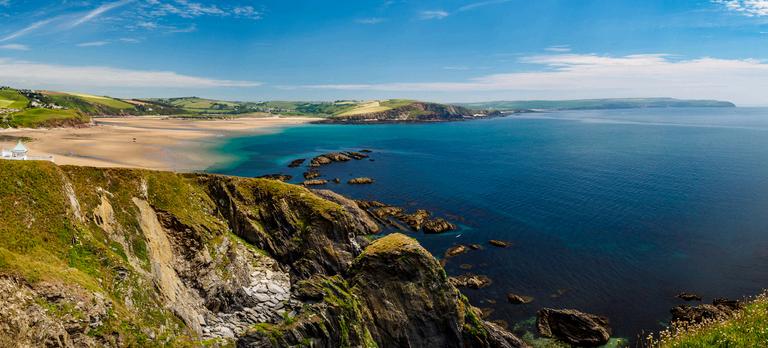

waters but moving a little deeper, we are now at live in seagrass. Take a few moments to ojected on the wall that show these vital on in the displays to answer the following
be found?
Name two animals that live in seagrass habitats (use the species guides above the tanks to help you).
Explain why seagrass is important.


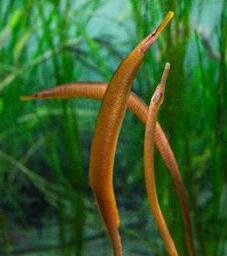
Give a solution for each of the three main threats to seagrass:
Pollution
Physical disturbance
Disease & Invasive species.
10. Plankton are small, microscopic organisms drifting or floating in the sea or fresh water. Can you name the three groups of plankton?

11. Phytoplankton are the start of many food chains in the ocean. Add the following labels to the food chain below.
Quaternary Consumer
Tertiary Consumer
Secondary Consumer
Phytoplankton
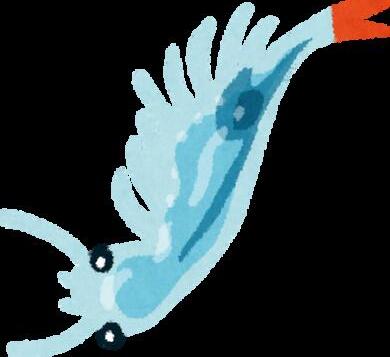

Primary Consumer


Continue your journey down to the Eddystone tank.
Scientists can group similar organisms together and this is called CLASSIFICATION. The science of classifying organisms is called TAXONOMY.
There are many ways scientists might choose to group organisms into groups. One way is to group organisms based on their characteristics, and this system was developed in the 18th century by Carl Linnaeus.
The diagram below shows how humans are classified.
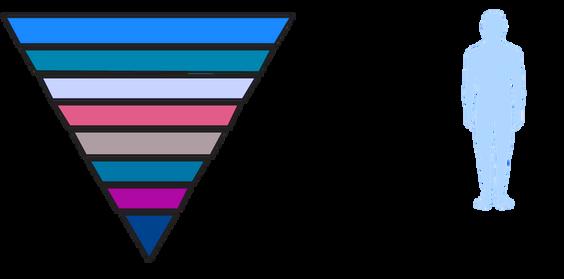

The divisions start broad at the top of the classification system. There are three DOMAINS (Archaea, Bacteria and Eukarya) and humans belong to the Eukarya domain (which means organisms which have a nucleus in their cells).
As you move down through the classification system, the divisions become more specific.

The BINOMIAL system of naming species uses Latin words. Each name has two parts, the genus and the species. For example, humans belong to the genus Homo, and our species is sapiens - so the scientific binomial name is Homo sapiens.
Understanding a species’ taxonomy is useful for a few reasons:
It can help us to understand more about the species and how they’re related to other species
Using a binomial name allows scientists across the world to identify a species, regardless of their home language
Some species have different common names that people might use for the same organism. E.g. can be called a bull huss, nursehound, greater-spotted dogfish, greater-spotted catshark or rough hound shark.



identification boards in this room, one on dow. Use them to find out the Genus and ow. One has been done for you.
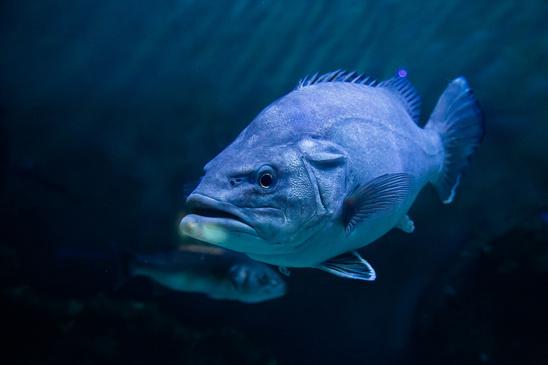
Stone Bass
Kingdom: Animalia
Class: Actinopterygii
Genus: Polyprion
Species: Americanus
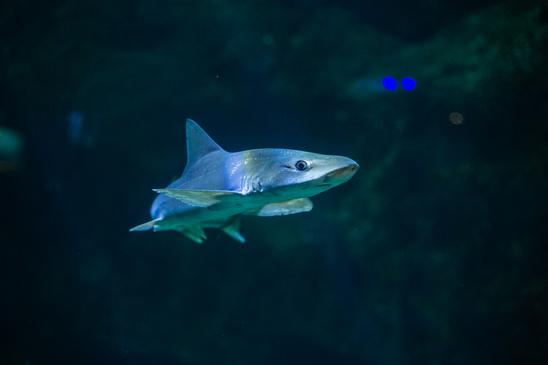
arry Smooth Hound Shark
ngdom: Animalia
ass: Chondrichthyes
enus:
pecies: _____________
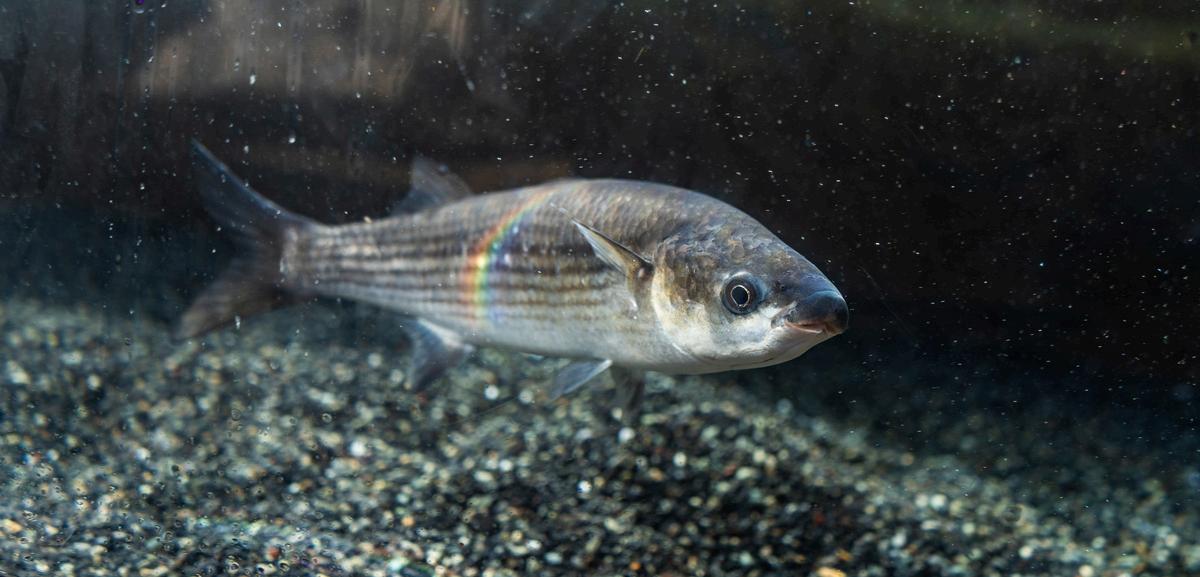



rey Mullet
ngdom: Animalia
lass: Actinopterygii
enus:
pecies: ______________
Blonde Ray
Kingdom: Animalia
Class: Chondrichthyes
Genus: ______________
Species: _____________
Turbot
Kingdom: Animalia
Class: Actinopterygii
Genus: _______________
Species:


Take a look at our jellyfish.
Now for the million-dollar question – are jellyfish actually fish? Think about what you know about taxonomy, and about how we group similar species together.
If you answered NO, then you’re right! In fact, jellyfish aren’t even in the same Phylum as fish (or humans) – they’re in the Cnidaria Phylum, and don’t have bones, brains or hearts.
13. Can you come up with your own creative name for jellyfish that doesn’t use the word fish?
Did you know...
Jellyfish have existed for at least 600 million years – that means they were on Earth before bony fish, dinosaurs, or even trees!


At the end of the jellyfish corridor, walk down the stairs and turn right to see our Ocean Lab. You can find out more about the work our Biologists do on the wall opposite the lab. Use this information to answer the following questions.
14. Make a list of jobs our biologists carry out each day to care for our animals:

Carry on past Ocean Lab, and you will find yourself in our Jawsome Exhibit! You will see facts on the walls all about sharks and how they’re well adapted to living in their ocean habitat.
16.Can you use the information about sharks in the Jawsome Exhibit to help you to finish the sentences below?
Sharks and rays have a light, bendy skeleton made from .
Fish, including sharks and rays, have which extract the oxygen dissolved in water.
Sharks have an amazing sixth sense that allows them to sense electricity in the water. This is called ______________ .
The largest shark in the world is called the ______________ .

Sharks are KEYSTONE species, vital for ecosystem balance. They regulate food webs, control disease by preying on weak animals, and prevent overgrazing. Threats like overfishing, bycatch, habitat loss, and pollution endanger their populations, disrupting ecosystems. For instance, in the Great Barrier Reef, tiger sharks regulate sea turtle populations, preventing overgrazing of seagrass crucial for fish and shellfish habitats.
17. Look at the food web below. Explain what impact reduced shark populations could have on the rest of the species in the food web.
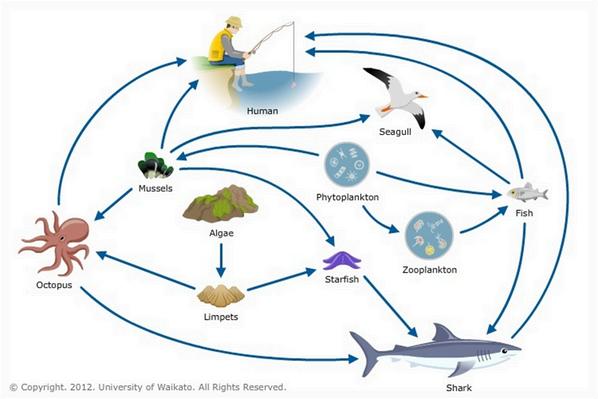

Continue your journey back up the stairs to the top of the Atlantic Ocean tank.
It is important for biologists to have a strong understanding of animal’s behaviour in their natural habitats. From observations, we can learn how an animal eats, hunts, sleeps and forms relationships. This knowledge allows us to better protect them.
18. Observe the behaviour of the animals in the Atlantic tank. Use your observations to complete the table.
Species Name

Sand Tiger Shark
Largest shark in the tank, grey pointy nose
Swim ALONE or in a GROUP? (A group of fish is called a shoal!)
Swim FAST or SLOW?
Stay at the TOP, MIDDLE or BOTTOM of the tank?
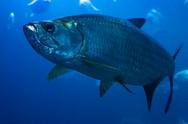
Large size, long shiny body

Species Name
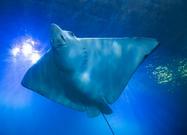
Swim ALONE or in a GROUP? (A group of fish is called a shoal!)
tail
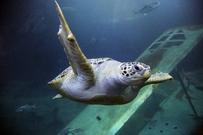
Large shell, four flippers

Smallest shark in the tank, shiny body

Swim FAST or SLOW?
Stay at the TOP, MIDDLE or BOTTOM of the tank?
Journey through the bioluminescent corridor and arrive at the Blue Planet area of the aquarium. Here we find animals that live in tropical habitats.
One of the most important and biodiverse habitats in the ocean is coral reefs. 25% of marine species rely on them! But what is coral? Coral is made up of polyps, corallites and zooxanthellae.

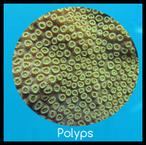

19. What is coral? Ask a ranger or find out more online to answer the question:
When scientists study coral reefs, they conduct surveys to measure how much of each kind of coral there is on a reef. They can use this to measure changes in the amount of healthy coral there is in an ecosystem. In this room we have several kinds of coral.
20. Find a tank in this room which has coral in it. Conduct your own coral survey by completing the table on the next page. There are thousands of species of coral; to make identifying them easier, scientists group them into categories. We’ve chosen four of these categories.



pattern of growth increases the expose surface area of the c to the water column
re Present in the tank?
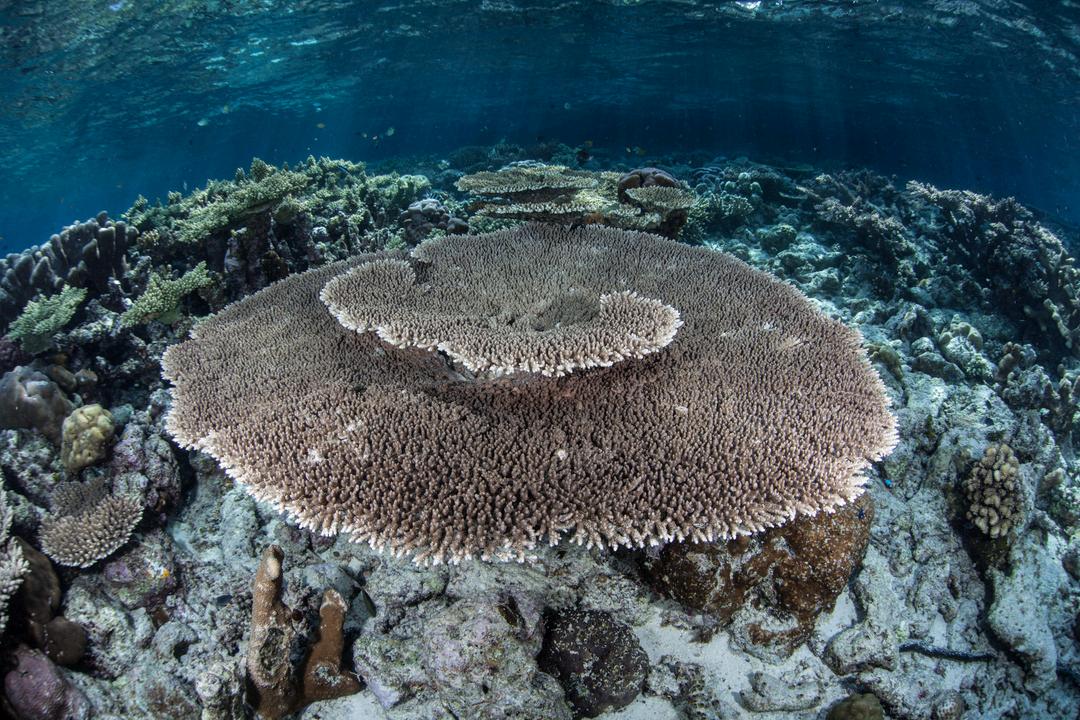
Staghorn corals have antler-like branches which are up to 1 to 3 inches thick.
Generally, the c form large, roun domes of up to diameter. They u form massive clu uneven surfaces meandering vall
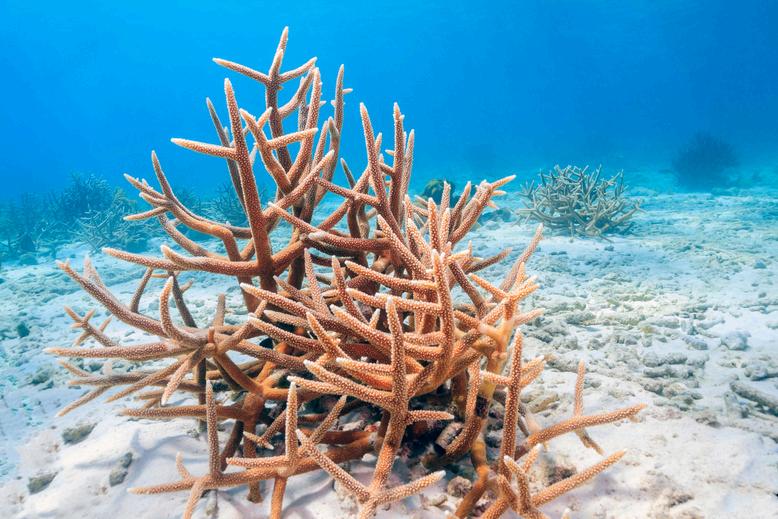
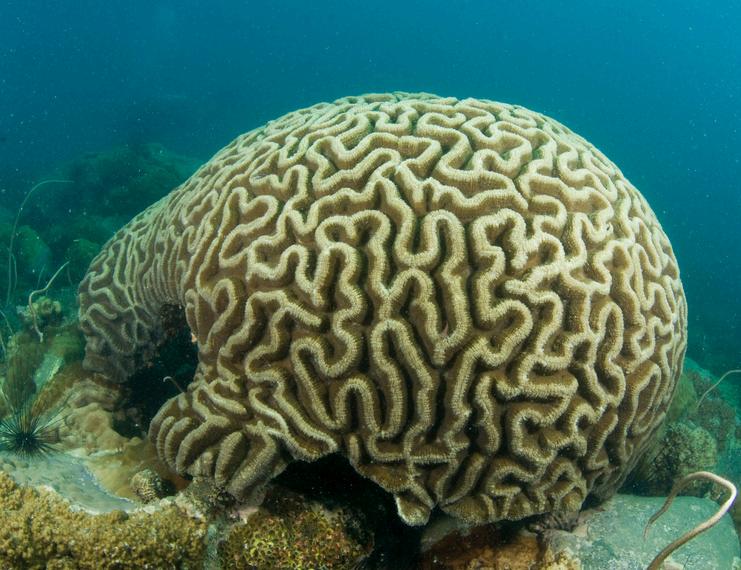
Flat, circular coral th look like the cap of mushroom. Often ‘s with short tentacles make them look like anemones.


Estimated % of the tank covered by this type?


net's health by providing many " . Rainforests also offer oil, regulating water flow, and ommunities.
you think of that coral reefs
We challenge you to find out more services that coral reefs provide! Yo Ranger or look online to find out m
Did you know…
Clownfish are initially born as males but can change into females as they grow older. They live among anemones, protecting themselves with slimy mucus to avoid being stung and hiding from predators.

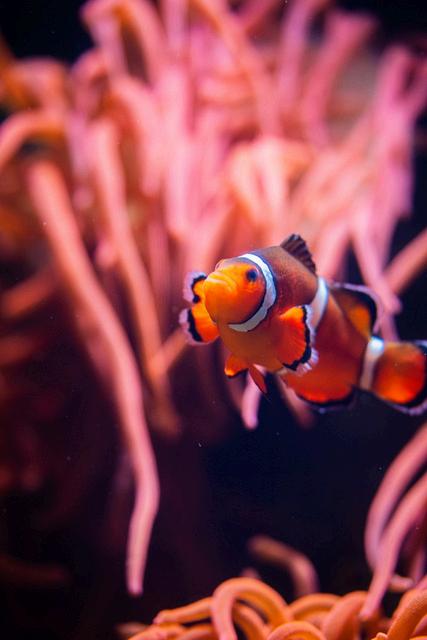

Visit our Seagrass lab, on the right hand side a room with tanks around the walls.
Seagrass is one of the most diverse and impor planet. It is one of the few habitats that provid the environment. Seagrass helps protect our c and shelter for sea creatures, and even helps f
At the Ocean Conservation Trust, we have a se project. Blue Meadows is aproject that focuses regeneration and restoration at scale. The goa seagrass we already have, and over the longer seagrass we have lost.

Take a look at our seagrass lab and watch the video on the screen about our work.
One of the main threats to seagrass is the damage caused by anchor chains. Chains must be long enough to account for the water movement during high and low tides, however the excess chain during l tid i th it drags along the seabed.
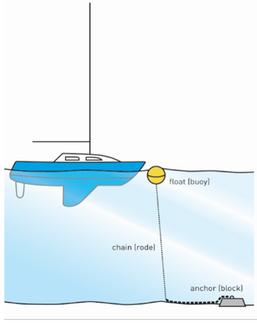

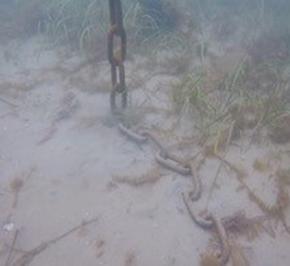

22. Can you use the space below to design a ne chain that won’t damage seagrass?
You can research ‘The Ocean Conservation Trus Systems’ when you’re finished to find out about have been doing to solve this threat to ocean h





n front of the Great Barrier Reef exhibit.
he description and the pictures on the wall to e animals in the table. Once you’ve found them, avourite. You can add colour and details back at
Large blue/green fish with a rounded tail fin and prominent hump on his forehead which contains his brain. Has small teeth on his lower lip. Eats hard shelled molluscs and invertebrates.
A fish usually around 20-50cm long which has a long ‘horn’ projecting out from it’s nose. In colour, it ranges from white, to bluish-grey to an olive brown.
Herbivorous algaeeater.
Honeycombe Moray Eel
A yellow eel with dark brown honeycomb shaped spots. Often found hiding under rocks near the front of the tank.



We’ve mentioned several threats to the ocean in your booklet today. Fortunately, there are many ways we can help the ocean.
24. Below are a list of Ocean positive actions, tick all of the ones you want to try at home and write which of these threats the actions are solving: Pollution (P), Overfishing (O) and Climate Change (C).
Reduce how much plastic you use, re-use plastic items where possible, and recycle plastic waste For example, you can get a re-usable water bottle.
Switch off lights and electrical appliances at the plug (e.g. TVs, PlayStation, XBox and computers) when you’re not using them.
Delete files or content you don’t need. Even if it’s in the cloud, it still takes up data storage which uses electricity.
Choose sustainably sourced seafood. Check the Marine Conservation Society’s good fish Guide and look for the Marine Stewardship council logo
Do a litter pick or beach clean to remove rubbish already in ecosystems.
Reduce how much meat you eat and having more vegetarian or vegan meals.
Avoid fast fashion by wearing second hand clothes and learning to mend your clothes.
Find out more about the work of an organisation like Surfers Against Sewage and help them achieve their goals for the ocean.

Try at home?
You can

We launched Think Ocean to help encourage everyone to think about their impact on the Ocean throughout the day and make choices with the Ocean in mind.
If more people #thinkocean, we can kick-start a wave of positive action that will protect our planet’s future.
Discover your #thinkocean personality! When it comes to the Ocean do you think with your Head, Heart, Hands, or are you starting your #thinkocean journey
Take our quick quiz to find out how you can make a big impact with small changes.

Take our #thinkocean quiz

You have completed the Explorer trail! We hope to sea you soon!

Use these pages to draw your favourite animals from your trip to the National Marine Aquarium!




